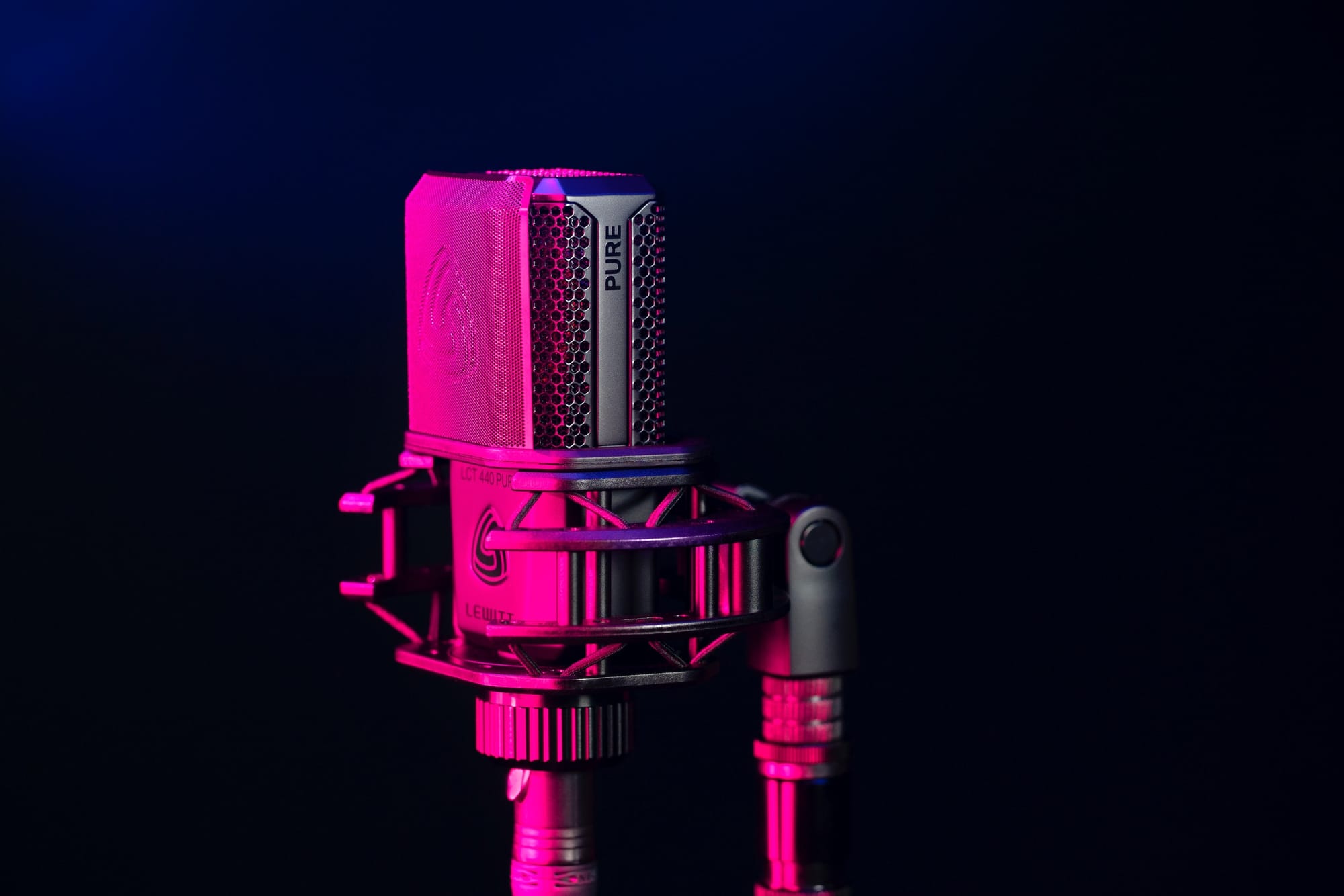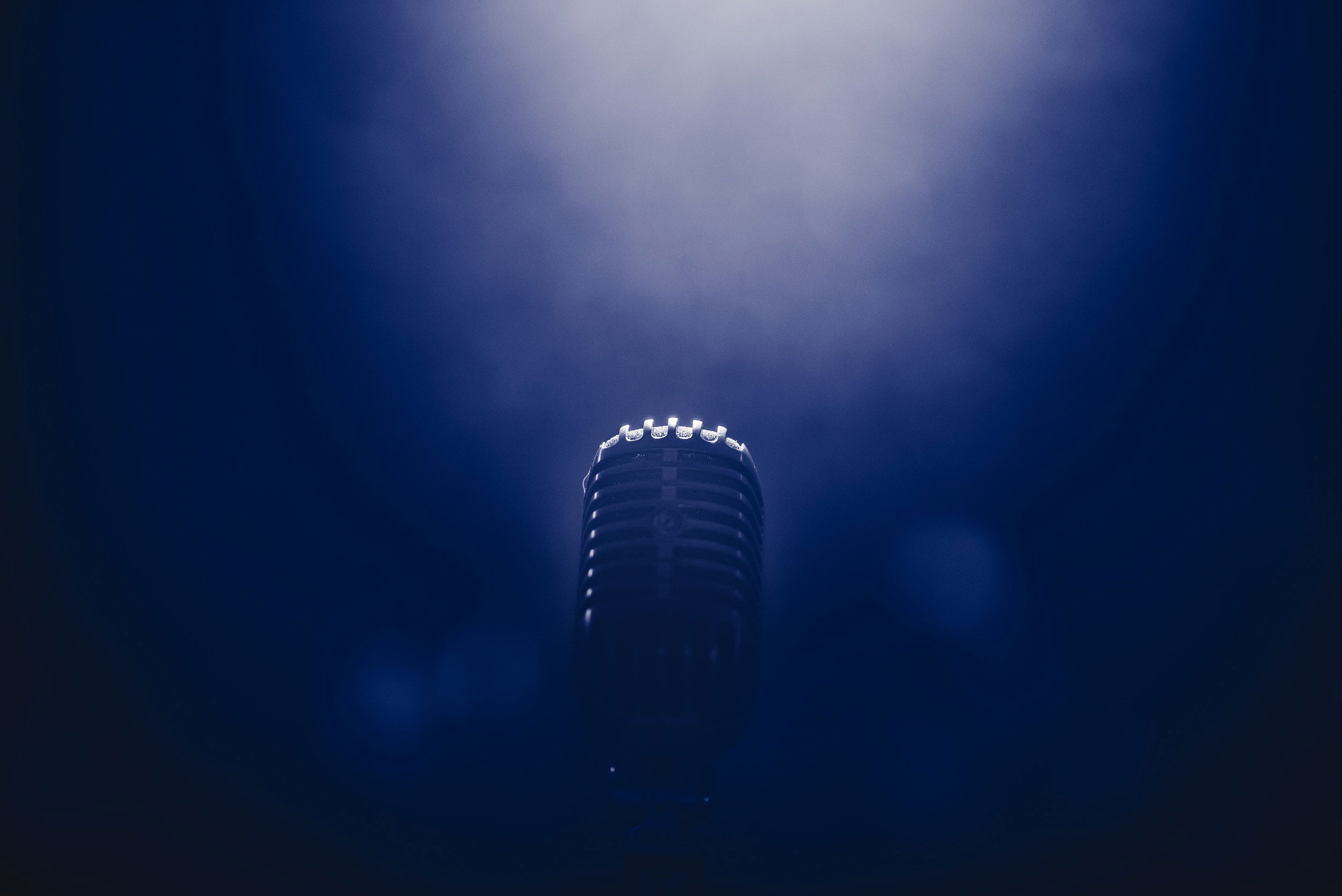Microphone Polarity 🎤


A microphone is an essential tool in the world of audio recording and production. It is responsible for capturing sound and converting it into an electrical signal that can be processed and recorded. When selecting a microphone for a specific recording task, it is crucial to consider its polar pattern. The polar pattern of a microphone determines its sensitivity to sound from different directions. In this comprehensive discussion, we will explore the various types of polar patterns and how they work, as well as their applications in capturing quality audio in a tracking or production studio.
1. What is a Polar Pattern?
A polar pattern, also known as a pickup pattern, describes the directional sensitivity of a microphone. It illustrates how a microphone responds to sound from different angles and determines which sounds it captures and rejects. Understanding polar patterns is essential for achieving optimal audio capture and minimizing unwanted noise or interference.
2. Cardioid Polar Pattern:
The cardioid polar pattern is one of the most commonly used patterns in recording studios. It is named after its heart-shaped pickup pattern, which is most sensitive to sound from the front and rejects sound from the rear. The cardioid pattern offers good isolation and helps reduce unwanted background noise and room reflections. It is ideal for capturing vocals, solo instruments, and studio recordings where the focus is on a single sound source.
3. Supercardioid and Hypercardioid Polar Patterns:
Supercardioid and hypercardioid polar patterns are variations of the cardioid pattern. They offer a narrower pickup angle and are more directional, making them suitable for capturing sound sources with more focused precision. These patterns are commonly used in live sound reinforcement, where the microphone needs to isolate the desired sound source from surrounding noise and other instruments on stage.
4. Omnidirectional Polar Pattern:
Unlike the cardioid pattern, the omnidirectional polar pattern captures sound equally from all directions. It is not sensitive to the orientation of the sound source and provides a more natural and balanced representation of the acoustic environment. The omnidirectional pattern is commonly used in situations where capturing the ambience of a room or recording multiple sound sources simultaneously is desired. It is often used for recording choirs, orchestras, and capturing room ambience in live recordings.
5. Bidirectional (Figure-8) Polar Pattern:
The bidirectional, or figure-8, polar pattern captures sound equally from the front and rear of the microphone while rejecting sound from the sides. This pattern is characterized by a null point at the sides, where sound is least sensitive. The figure-8 pattern is commonly used in stereo recording techniques, such as mid-side (M/S) recording, where two microphones are used to capture the stereo image. It is also used for recording duets or interviews, where two sound sources are positioned opposite each other.
6. Switchable Polar Patterns:
Some microphones offer switchable polar patterns, allowing the user to select between multiple patterns to suit different recording scenarios. This versatility makes them suitable for a wide range of applications, from capturing vocals and instruments to recording in different acoustic environments. Switchable polar pattern microphones often include options such as cardioid, omnidirectional, and figure-8 patterns, providing flexibility and adaptability in the studio.
7. Stereo Techniques:
Stereo recording techniques involve using multiple microphones to capture a sense of space and depth in the recorded sound. These techniques utilize various polar patterns to achieve the desired stereo image. Some common stereo techniques include:
a. X/Y Technique: This technique uses two cardioid microphones positioned at a 90-degree angle to each other. It captures a wide stereo image with good mono compatibility.
b. ORTF Technique: The ORTF technique uses two cardioid microphones spaced 17 cm apart at a 110-degree angle. It provides a more accurate stereo image with good localization.
c. Blumlein Technique: The Blumlein technique uses two figure-8 microphones positioned at a 90-degree angle to each other. It captures a natural and immersive stereo image with excellent depth and ambience.
8. Considerations for Polar Patterns:
When selecting a microphone and polar pattern for a specific recording task, several factors should be considered:
a. Sound Source: The type of sound source being recorded plays a significant role in determining the appropriate polar pattern. For example, a cardioid pattern is often used for vocals or solo instruments, while an omnidirectional pattern may be more suitable for capturing room ambience or a group of musicians.
b. Background Noise: Consider the level of background noise or unwanted sound sources in the recording environment. If there is significant ambient noise or room reflections, a microphone with a tighter polar pattern, such as a supercardioid or hypercardioid, can help isolate the desired sound source and minimize unwanted noise.
c. Room Acoustics: The characteristics of the recording space, including its size, shape, and acoustic properties, should be taken into account. In a room with excessive reverberation or reflections, a directional polar pattern like cardioid or supercardioid can help reduce the impact of the room's acoustics on the recorded sound.
d. Stereo Imaging: If stereo recording is desired, the choice of polar pattern becomes crucial. Different stereo techniques require specific polar patterns to achieve the desired stereo image and sound localization. Understanding the principles of stereo recording and the characteristics of each polar pattern is essential for capturing an accurate and immersive stereo image.
e. Microphone Placement: The placement of the microphone in relation to the sound source also affects the choice of polar pattern. For example, if the microphone is positioned close to the sound source, a cardioid pattern may be sufficient to capture the desired sound while rejecting unwanted noise. However, if the microphone is placed further away or in a more reflective environment, a wider polar pattern like omnidirectional may be more appropriate.
f. Monitoring: Consider how the recorded sound will be monitored during the recording process. If the sound is being monitored through speakers in the same room, using a microphone with a tight polar pattern can help minimize the risk of feedback or unwanted sound leakage into the microphone.
g. Personal Preference: Ultimately, personal preference and artistic intent also play a role in selecting the polar pattern. Experimentation and understanding the sonic characteristics of different polar patterns can help achieve the desired tonal qualities and artistic vision for a recording.
In conclusion, the choice of microphone polar pattern is a critical consideration when capturing quality audio in a tracking or production studio. Understanding the characteristics and applications of different polar patterns allows for optimal sound capture, noise rejection, and stereo imaging. Factors such as the sound source, background noise, room acoustics, stereo imaging requirements, microphone placement, monitoring setup, and personal preference all contribute to the selection of the most suitable polar pattern for a specific recording task. By carefully considering these factors and utilizing the appropriate polar pattern, recording engineers and producers can achieve exceptional audio quality and capture the true essence of the sound source in their recordings.